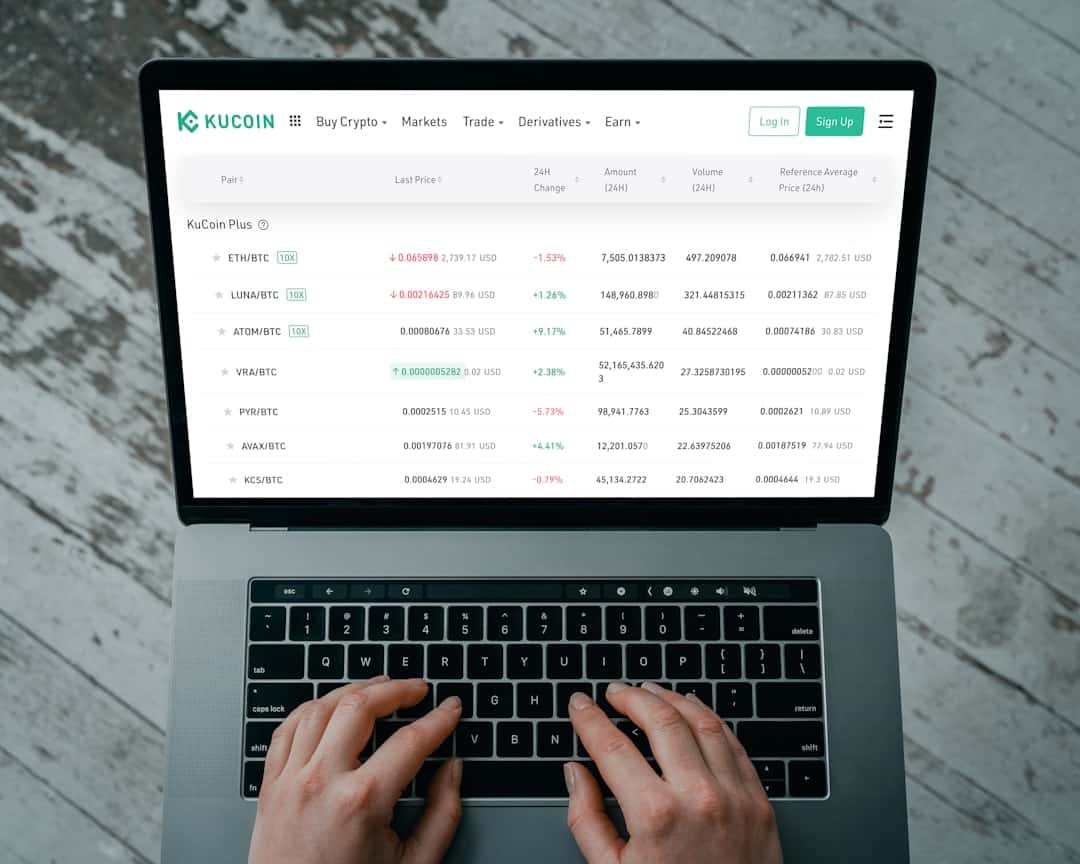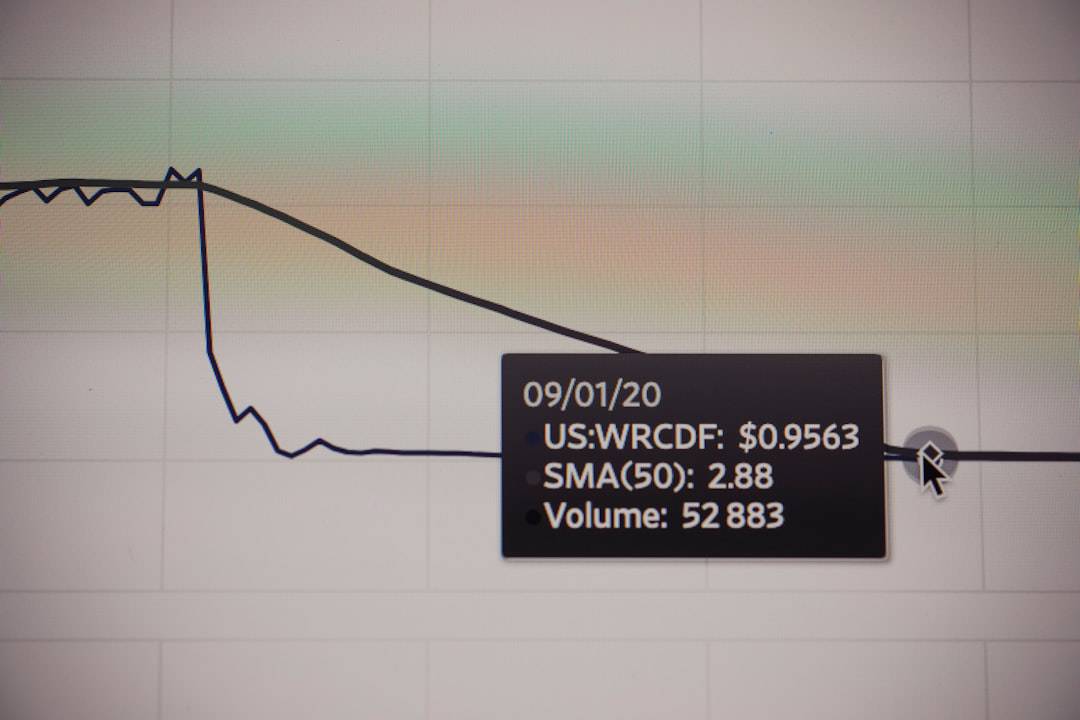Zero Trust Network Access (ZTNA) is a security framework designed to address the limitations of traditional network security approaches. Unlike conventional models that rely on perimeter-based defenses, ZTNA assumes that threats can originate from both internal and external sources. This model focuses on verifying the identity of users and devices before granting access to applications and resources.
ZTNA operates on the principle of least privilege, which means users are only granted access to the specific resources necessary for their job functions. This approach minimizes the risk of unauthorized access and reduces the potential impact of security breaches. By implementing ZTNA, organizations can enhance their security posture and mitigate the risk of data breaches and other security incidents.
Implementing ZTNA requires a shift from a network-centric security model to a user- and device-centric approach. Security policies are based on the identity and context of the user and device, rather than network location. This results in a more flexible and scalable security framework, enabling organizations to adapt to the evolving needs of their workforce and the changing threat landscape.
Key Takeaways
- Zero Trust Network Access (ZTNA) is a security model that eliminates the idea of trust based on location and adopts a “never trust, always verify” approach.
- Implementing Cloudflare ZTNA can lead to improved security, reduced attack surface, and simplified network management.
- Cloudflare ZTNA works by authenticating and authorizing every request, ensuring that only trusted users and devices can access specific resources.
- Key features of Cloudflare ZTNA include granular access controls, seamless user experience, and centralized policy management.
- Best practices for implementing Cloudflare ZTNA include conducting thorough risk assessments, defining access policies, and regularly monitoring and updating security measures.
Benefits of Implementing Cloudflare ZTNA
Simplified Access without VPN Complexity
One of the key benefits of Cloudflare ZTNA is its ability to provide secure access to applications without the need for a traditional VPN. This eliminates the complexity and performance limitations associated with VPNs, while also reducing the risk of unauthorized access.
Granular Access Controls for Enhanced Security
Another benefit of Cloudflare ZTNA is its ability to provide granular access controls based on user identity and device posture. This means that organizations can enforce least privilege access policies, ensuring that users only have access to the resources they need to perform their jobs. This reduces the risk of insider threats and unauthorized access, while also improving overall security.
Improved Visibility and Control for Real-time Security
Cloudflare ZTNA also offers improved visibility and control over user and device access to applications and resources. This allows organizations to monitor and enforce security policies in real time, reducing the risk of security incidents and improving overall compliance with security standards and regulations. Additionally, Cloudflare ZTNA provides a seamless user experience, allowing users to access applications from any device, anywhere, without compromising security.
How Cloudflare ZTNA Works to Secure Access

Cloudflare ZTNA works by creating a secure, encrypted tunnel between the user’s device and the application or resource they are trying to access. This tunnel is established using strong encryption protocols, ensuring that data is protected in transit and cannot be intercepted by unauthorized parties. Additionally, Cloudflare ZTNA verifies the identity of the user and the device before granting access, ensuring that only authorized users can access the requested resources.
Cloudflare ZTNA uses a zero trust approach to access control, which means that every access request is evaluated based on the identity and context of the user and device. This allows organizations to enforce least privilege access policies, ensuring that users only have access to the specific resources they need to perform their jobs. Additionally, Cloudflare ZTNA provides continuous monitoring and enforcement of security policies, reducing the risk of unauthorized access and improving overall security.
Cloudflare ZTNA also provides seamless access to applications and resources, regardless of the user’s location or device. This means that users can securely access applications from any device, anywhere, without the need for a traditional VPN. This improves productivity and flexibility for remote and mobile workers, while also reducing the complexity and performance limitations associated with VPNs.
Key Features of Cloudflare ZTNA
| Key Features | Description |
|---|---|
| Zero Trust Security | Cloudflare ZTNA ensures secure access to applications without the need for a traditional VPN. |
| Application-level Access Control | Granular control over who can access specific applications based on user identity and device posture. |
| Secure Remote Access | Enables secure access to internal applications for remote and mobile users without exposing the entire network. |
| Performance and Scalability | Cloudflare’s global network ensures low-latency access and can scale to support large user bases. |
| Integrated Security Stack | Includes DDoS protection, web application firewall, and other security features to protect applications. |
Cloudflare ZTNA offers several key features that make it an effective solution for securing access to applications and resources. One of the key features of Cloudflare ZTNA is its ability to provide secure, encrypted tunnels for accessing applications without the need for a traditional VPN. This eliminates the complexity and performance limitations associated with VPNs, while also reducing the risk of unauthorized access.
Another key feature of Cloudflare ZTNA is its ability to provide granular access controls based on user identity and device posture. This means that organizations can enforce least privilege access policies, ensuring that users only have access to the specific resources they need to perform their jobs. This reduces the risk of insider threats and unauthorized access, while also improving overall security.
Cloudflare ZTNA also offers improved visibility and control over user and device access to applications and resources. This allows organizations to monitor and enforce security policies in real time, reducing the risk of security incidents and improving overall compliance with security standards and regulations. Additionally, Cloudflare ZTNA provides a seamless user experience, allowing users to securely access applications from any device, anywhere.
Best Practices for Implementing Cloudflare ZTNA
When implementing Cloudflare ZTNA, there are several best practices that organizations should follow to ensure a successful deployment. One best practice is to start with a thorough assessment of existing security policies and controls to identify any gaps or weaknesses that need to be addressed. This will help organizations develop a clear understanding of their security requirements and ensure that Cloudflare ZTNA is implemented in a way that meets their specific needs.
Another best practice is to define clear access control policies based on user identity and device posture. This will help organizations enforce least privilege access policies, ensuring that users only have access to the specific resources they need to perform their jobs. Additionally, organizations should regularly review and update their access control policies to adapt to changes in their workforce and threat landscape.
It is also important for organizations to provide comprehensive training and support for end users when implementing Cloudflare ZTNThis will help ensure that users understand how to securely access applications and resources using Cloudflare ZTNA, reducing the risk of security incidents caused by user error or misunderstanding.
Integrating Cloudflare ZTNA with Existing Security Infrastructure

Integrating Cloudflare ZTNA with existing security infrastructure is an important consideration for organizations looking to deploy ZTNA effectively. One approach to integration is to leverage existing identity management systems, such as Active Directory or LDAP, to authenticate users and enforce access control policies. This allows organizations to leverage their existing investments in identity management while also improving security by integrating user identity into their access control policies.
Another approach to integration is to integrate Cloudflare ZTNA with existing security information and event management (SIEM) systems. This allows organizations to centralize monitoring and reporting of user and device access to applications and resources, improving visibility into potential security incidents and compliance with security standards and regulations. Additionally, organizations should consider integrating Cloudflare ZTNA with existing endpoint security solutions, such as antivirus and endpoint detection and response (EDR) tools.
This allows organizations to enforce device posture checks before granting access to applications, reducing the risk of compromised devices accessing sensitive resources.
Future Trends in Zero Trust Network Access and Cloudflare ZTNA
Looking ahead, there are several future trends in zero trust network access (ZTNA) and Cloudflare ZTNA that are likely to shape the evolution of secure access solutions. One trend is the increasing adoption of cloud-native architectures, which will drive demand for cloud-based ZTNA solutions that can provide secure access to applications hosted in public cloud environments. Another trend is the growing importance of securing access for remote and mobile workers, which will drive demand for flexible and scalable ZTNA solutions that can provide seamless access from any device, anywhere.
This will require ZTNA solutions to support a wide range of devices and operating systems, while also providing a consistent user experience across different types of devices. Additionally, there is a growing focus on integrating ZTNA with other security solutions, such as secure web gateways (SWG) and cloud access security brokers (CASB), to provide comprehensive protection for accessing both internal and external applications and resources. In conclusion, Zero Trust Network Access (ZTNA) represents a fundamental shift in how organizations approach network security, focusing on verifying user identity and device posture before granting access to applications and resources.
Cloudflare ZTNA offers several key benefits, including secure access without the need for a traditional VPN, granular access controls based on user identity and device posture, improved visibility and control over user access, and a seamless user experience. By following best practices for implementation and integration with existing security infrastructure, organizations can effectively deploy Cloudflare ZTNA to improve their security posture and provide secure access for remote and mobile workers. Looking ahead, future trends in ZTNA and Cloudflare ZTNA are likely to focus on cloud-native architectures, securing remote and mobile workers, and integrating with other security solutions to provide comprehensive protection for accessing applications and resources.
If you’re interested in learning more about the challenges and opportunities in the metaverse, you should check out this article on ethical considerations. It delves into the ethical implications of virtual environments and the potential impact on society. This is particularly relevant when considering the implementation of technologies like Cloudflare’s Zero Trust Network Access (ZTNA) in the metaverse, as it raises important questions about privacy, security, and digital rights.
FAQs
What is Cloudflare Zero Trust Network Access (ZTNA)?
Cloudflare Zero Trust Network Access (ZTNA) is a security solution that provides secure access to applications and resources without the need for a traditional VPN. It uses a zero trust approach, which means that it verifies every request to access an application or resource, regardless of the user’s location.
How does Cloudflare ZTNA work?
Cloudflare ZTNA works by authenticating and authorizing every request to access an application or resource. It uses a combination of user identity, device posture, and application context to determine whether to grant access. This approach helps to minimize the risk of unauthorized access and data breaches.
What are the benefits of using Cloudflare ZTNA?
Some of the benefits of using Cloudflare ZTNA include improved security, simplified access management, and better user experience. It allows organizations to enforce granular access controls, reduce the attack surface, and provide secure access to applications and resources for remote and mobile users.
Is Cloudflare ZTNA suitable for all types of organizations?
Cloudflare ZTNA is suitable for a wide range of organizations, including enterprises, small and medium-sized businesses, and government agencies. It can be used to secure access to internal applications, cloud-based resources, and third-party services, making it a versatile solution for various use cases.
How does Cloudflare ZTNA compare to traditional VPNs?
Cloudflare ZTNA offers several advantages over traditional VPNs, including improved security, better user experience, and simplified access management. Unlike VPNs, which provide network-level access, ZTNA focuses on application-level access, which allows for more granular control and reduces the risk of lateral movement by attackers.











Leave a Reply